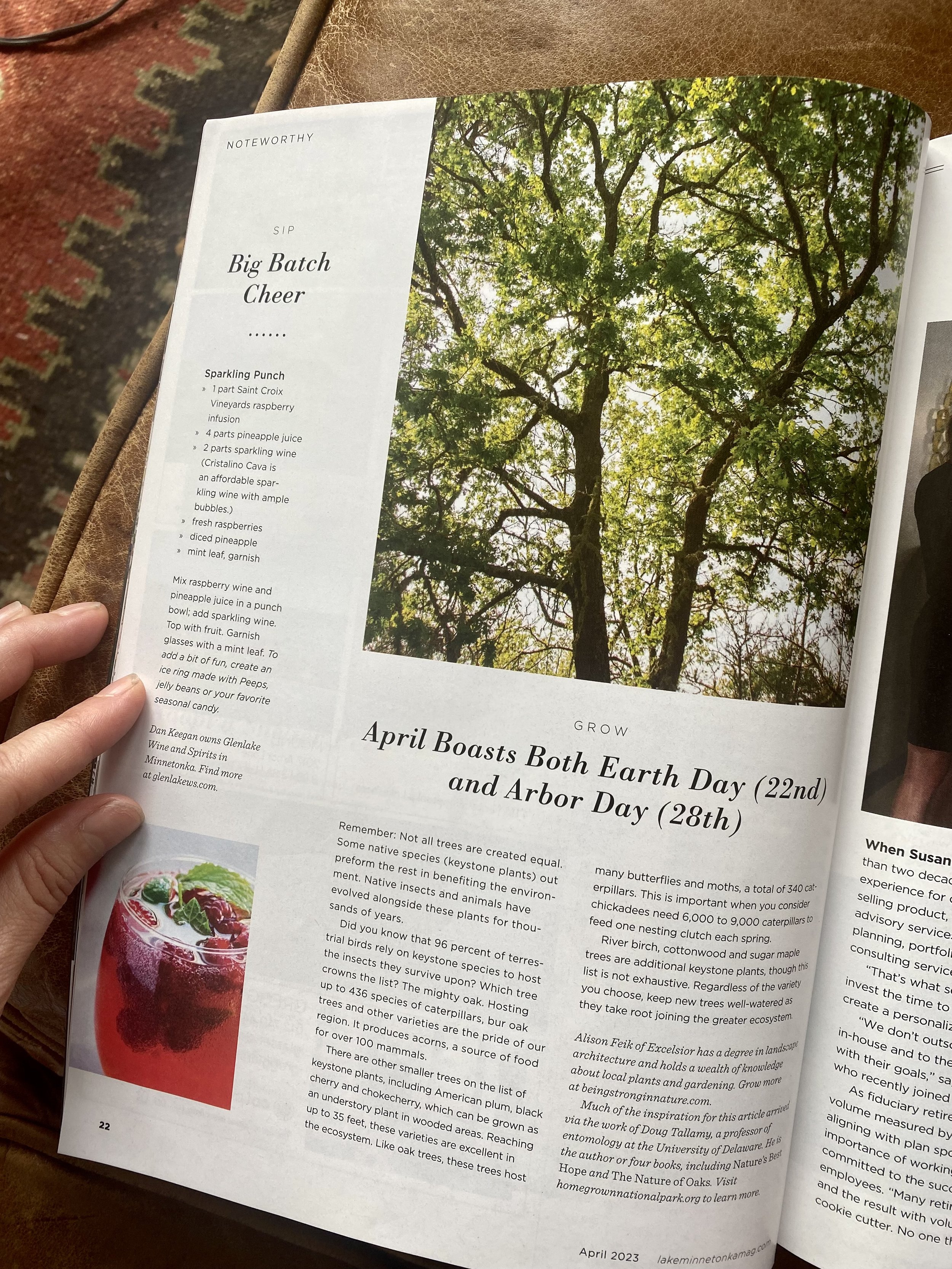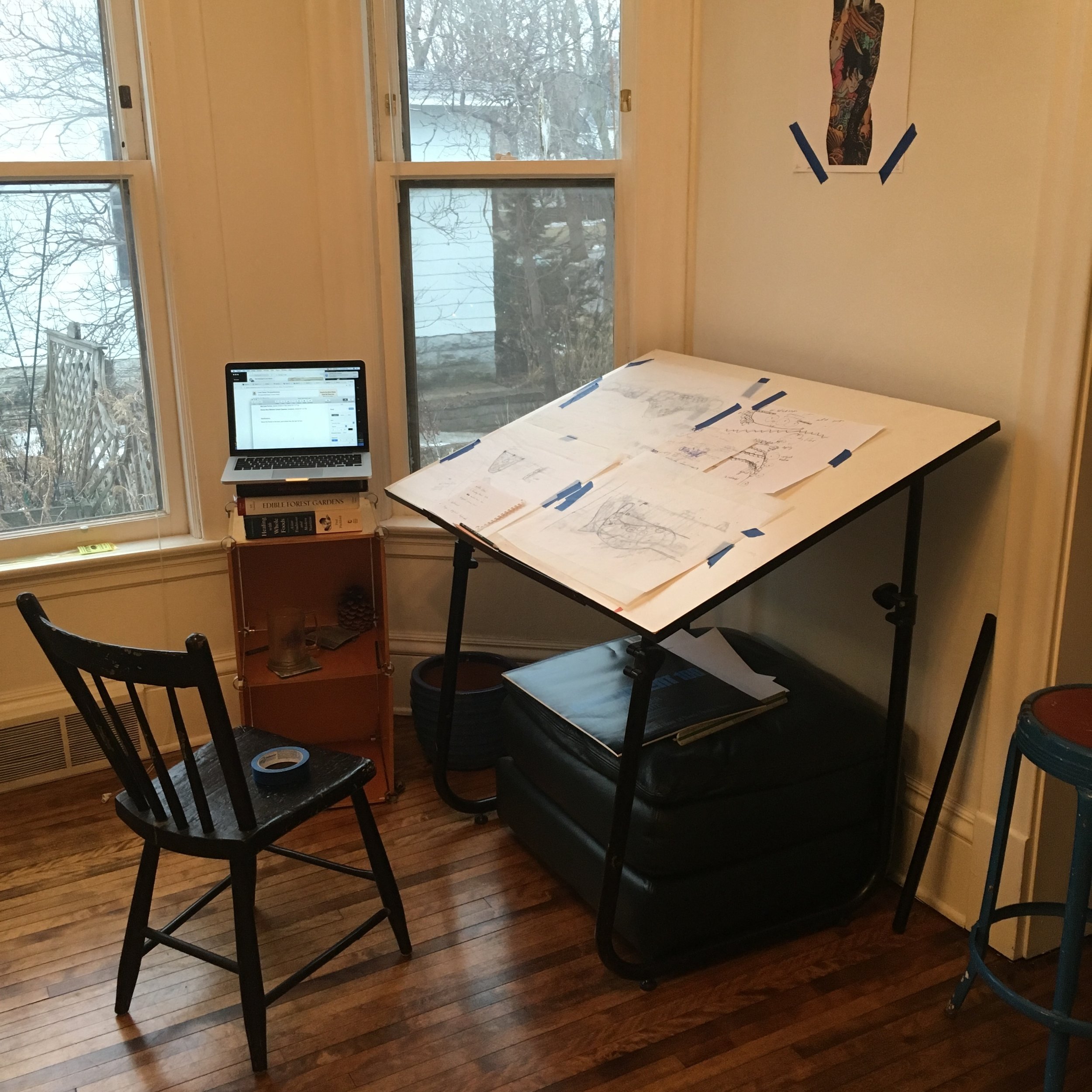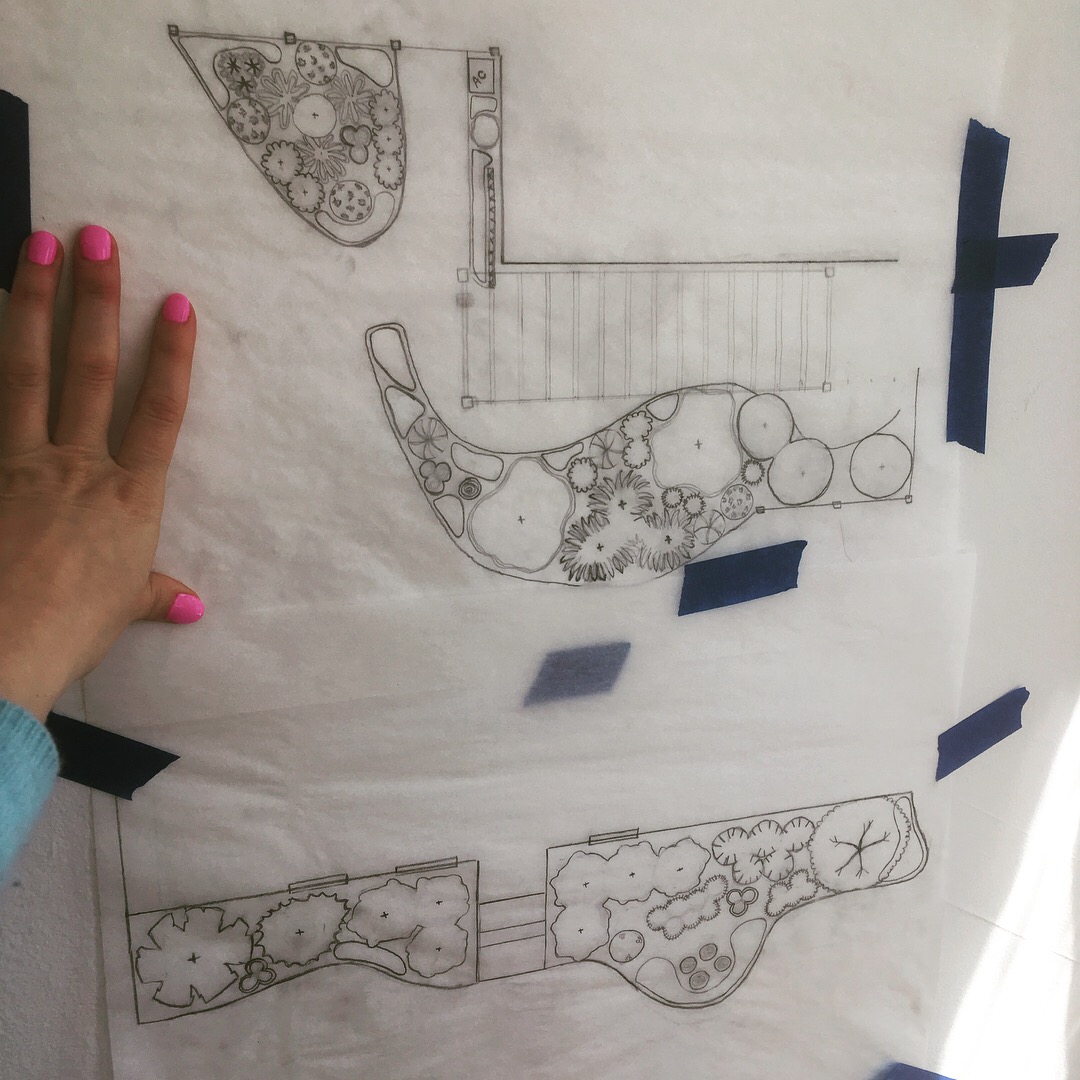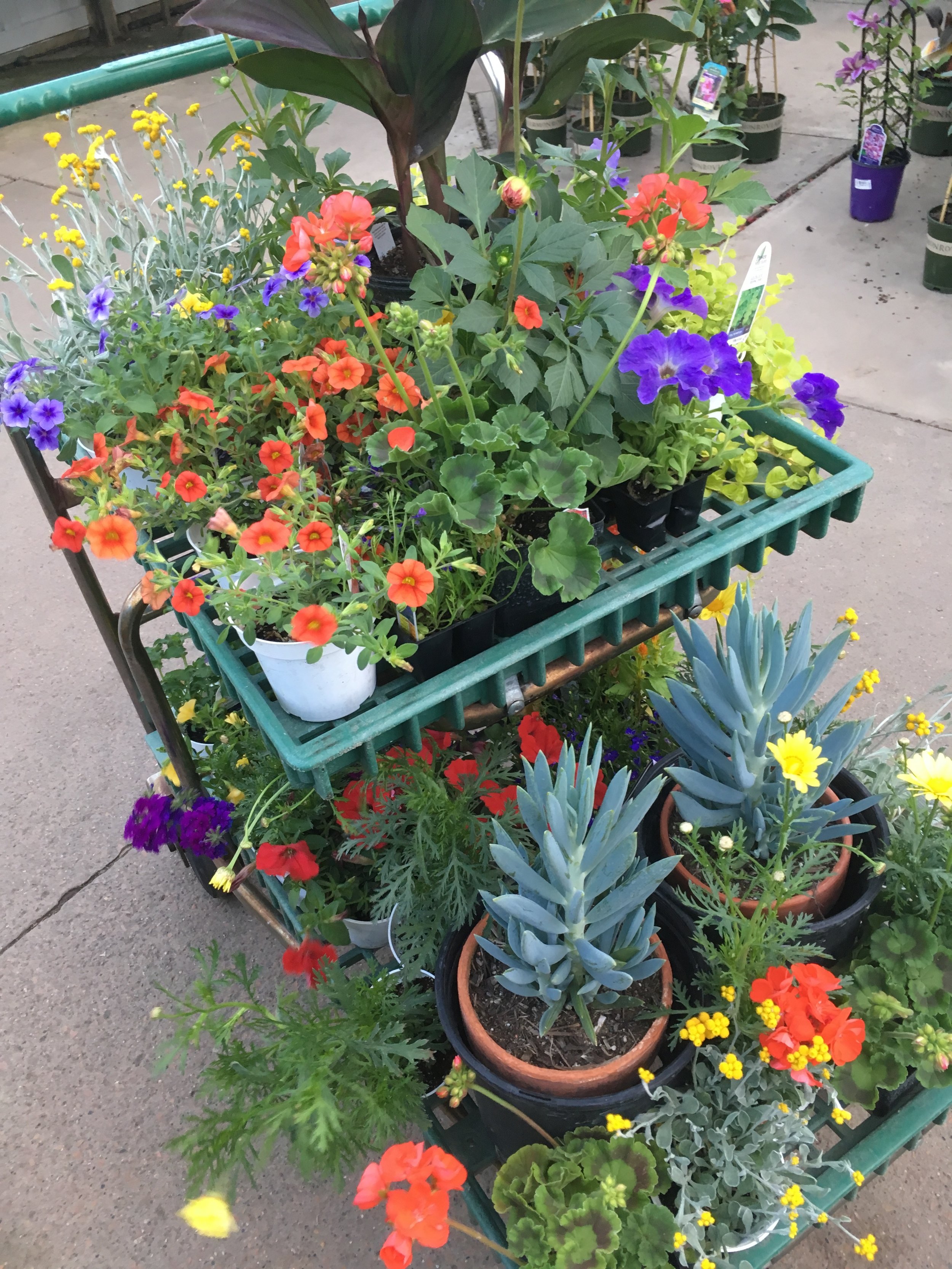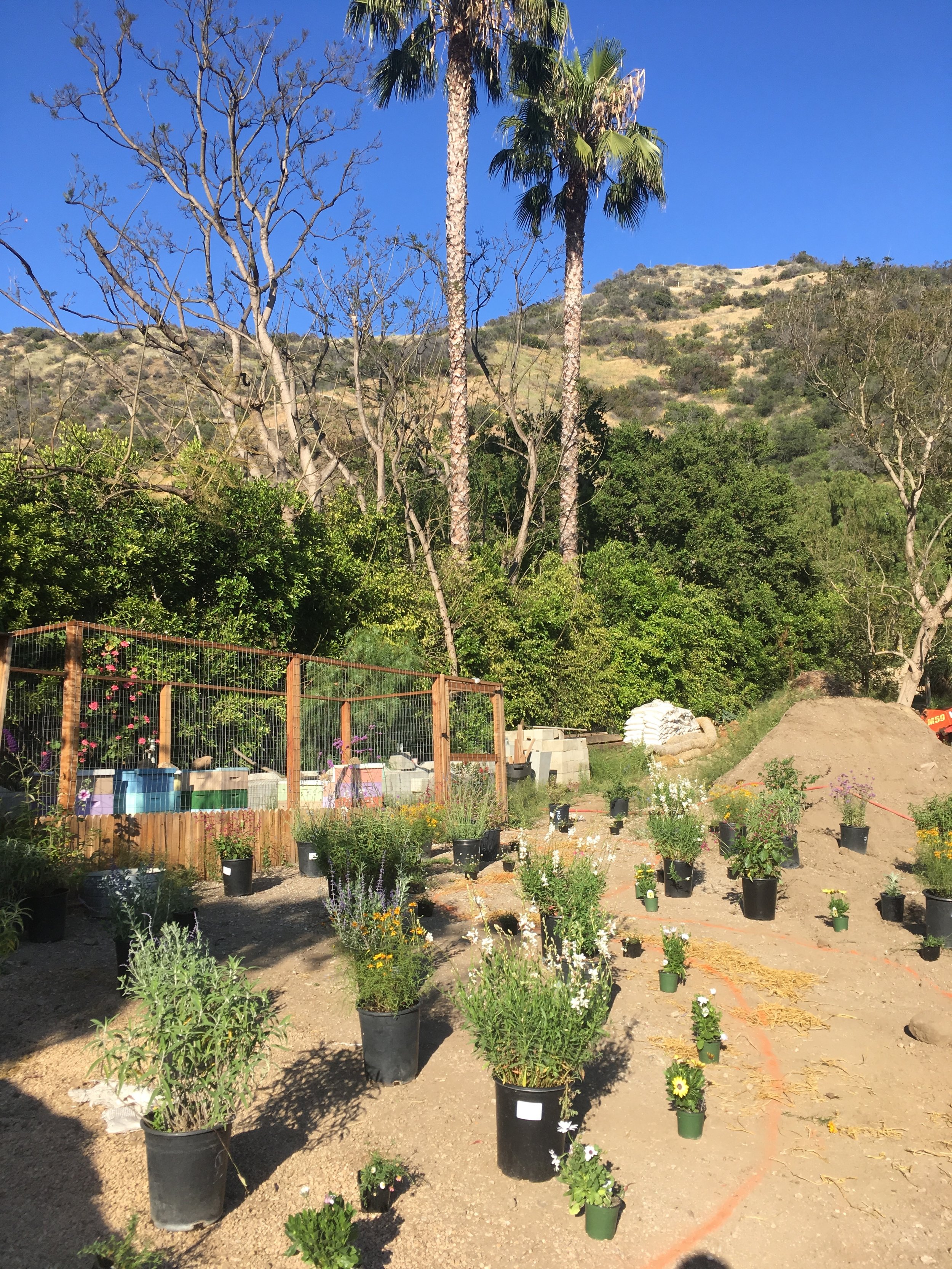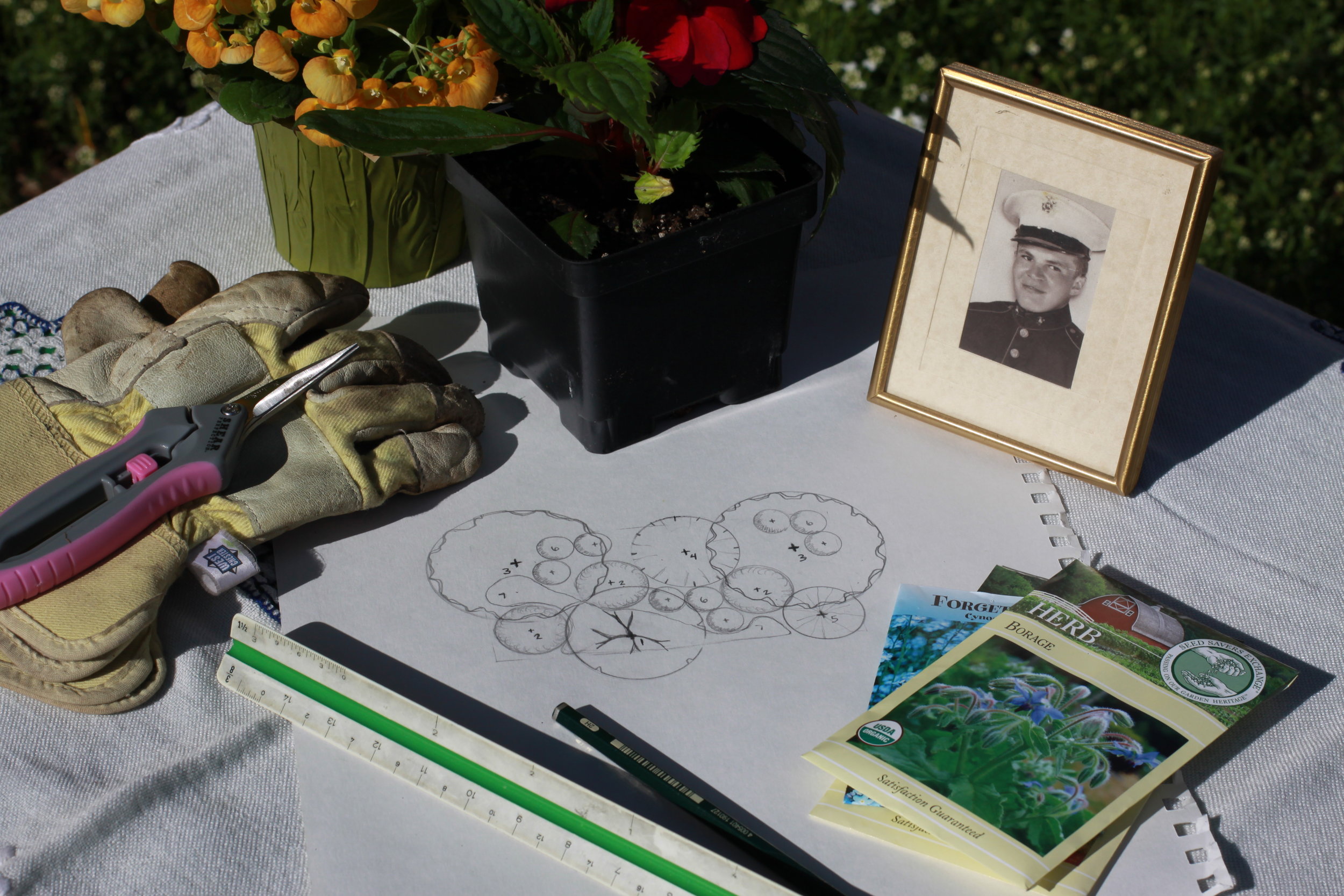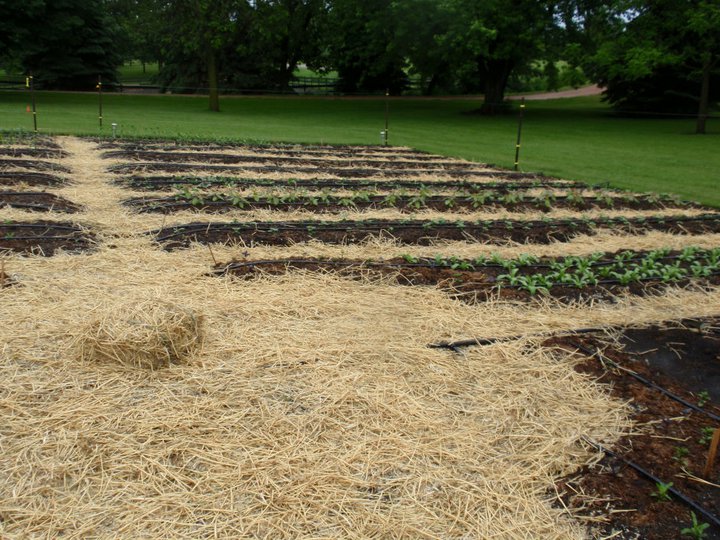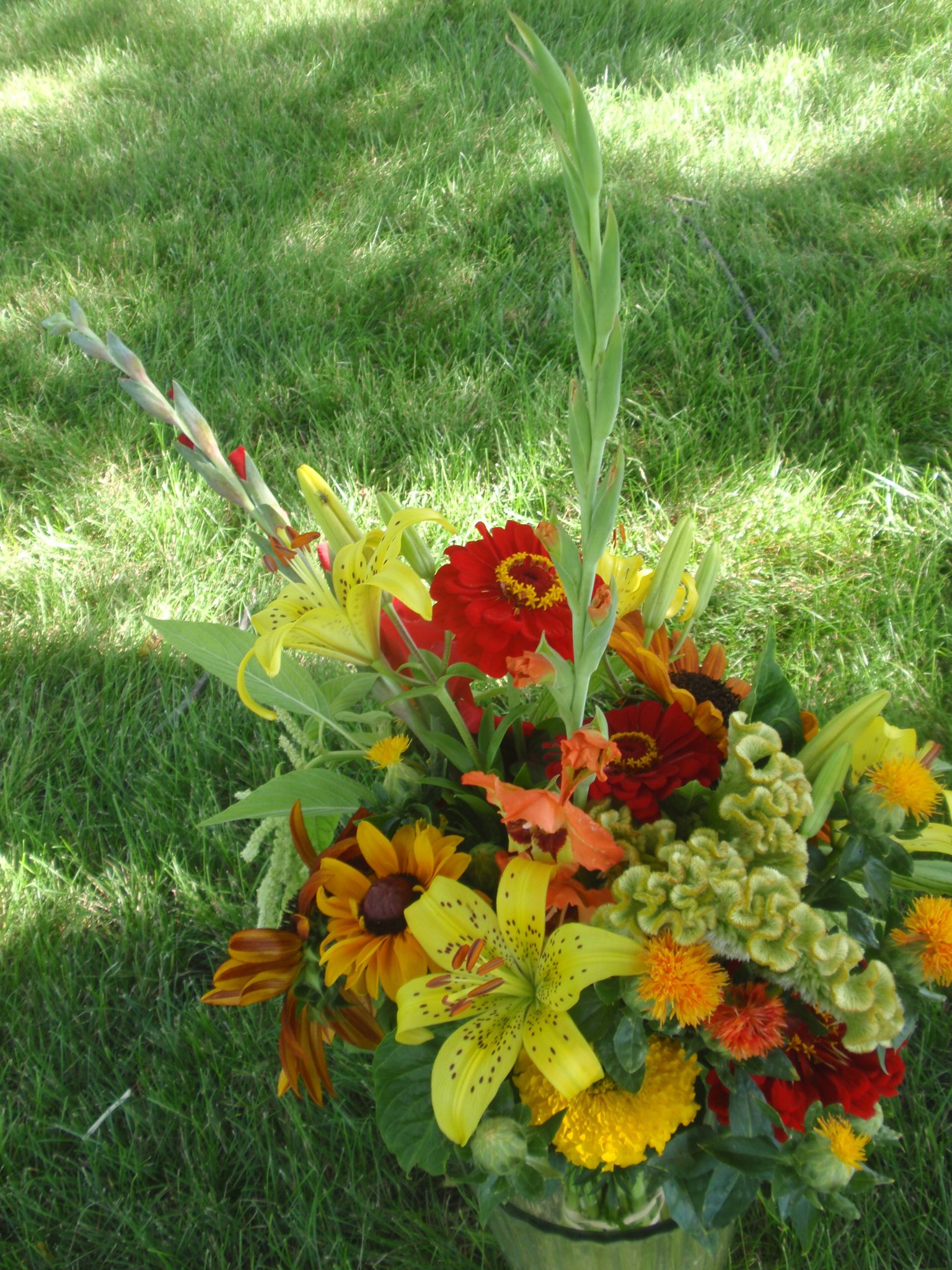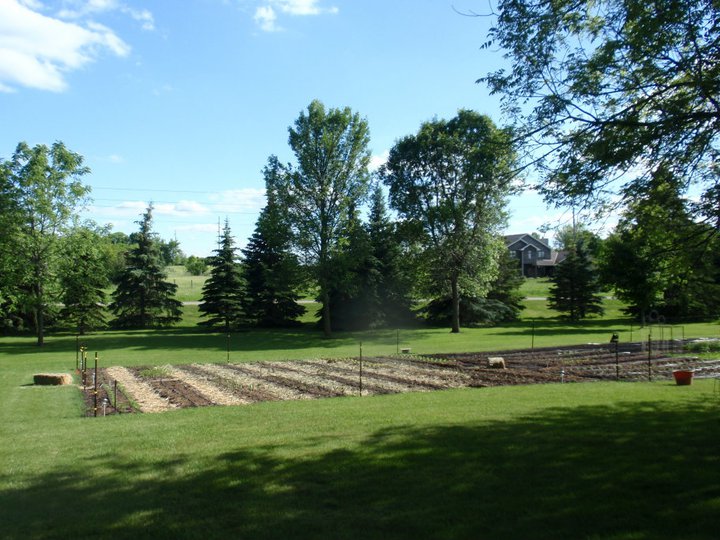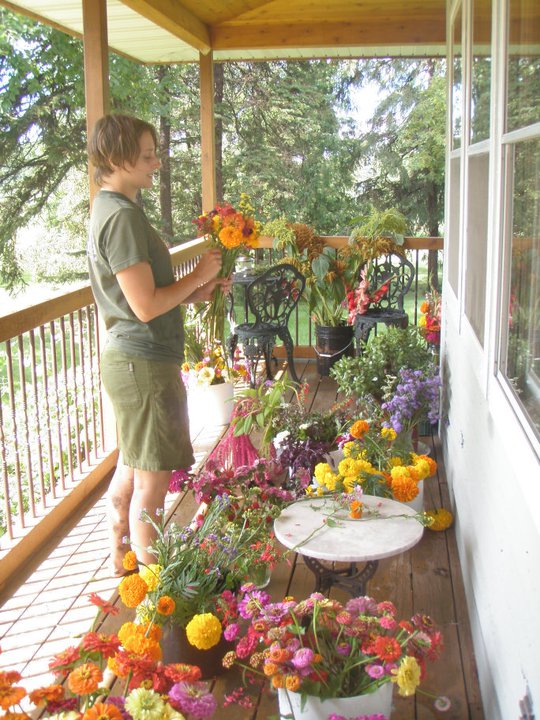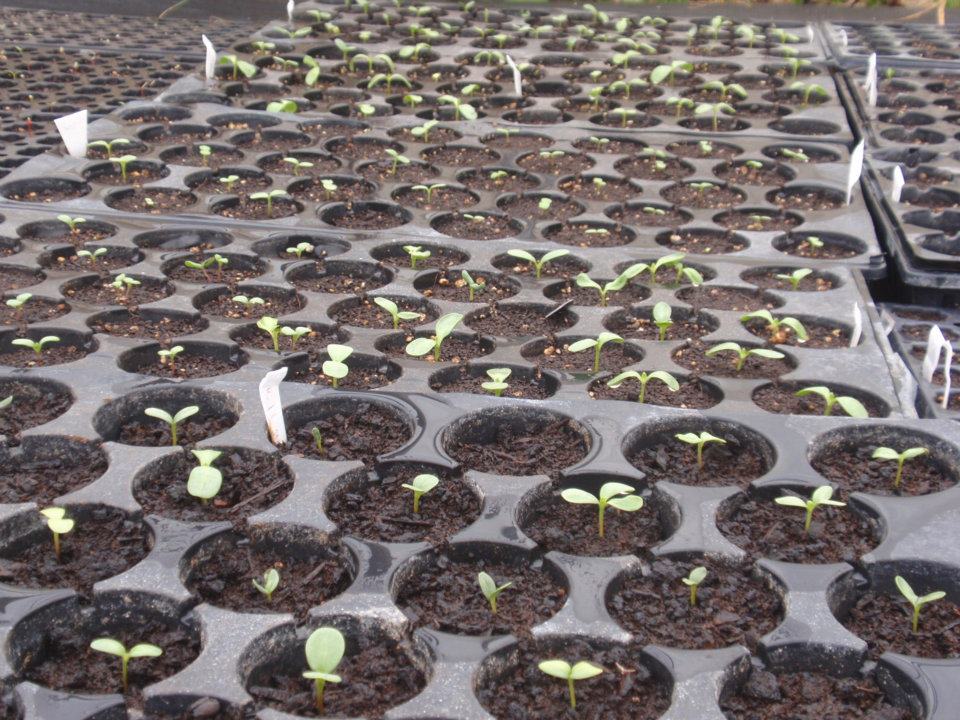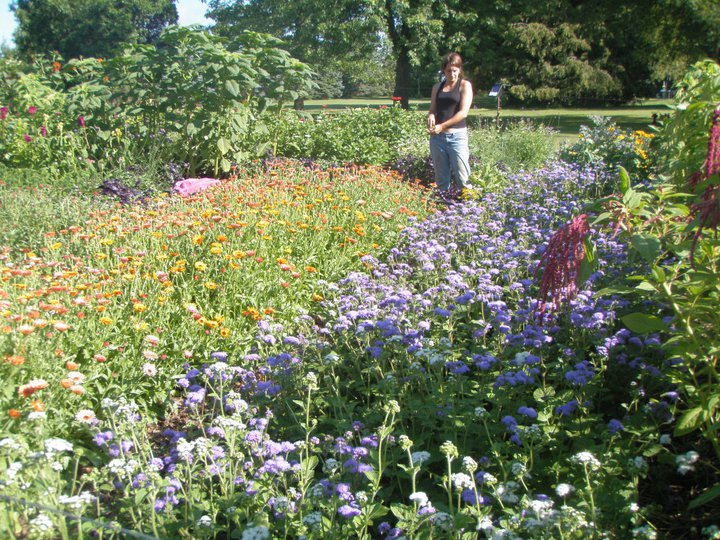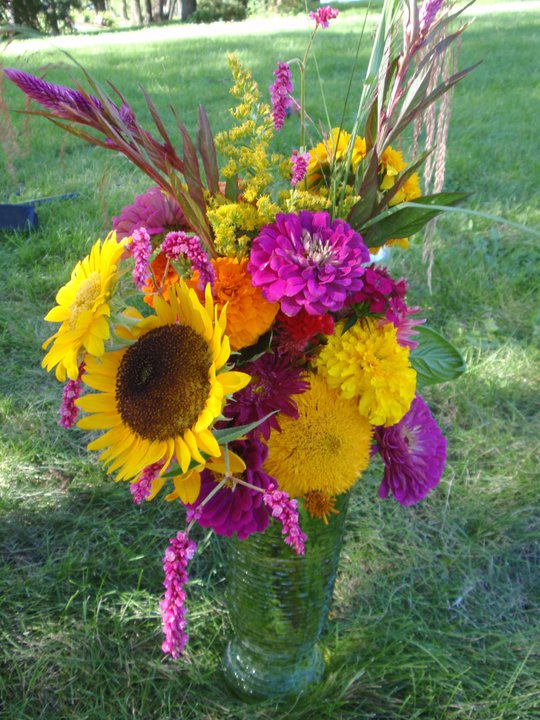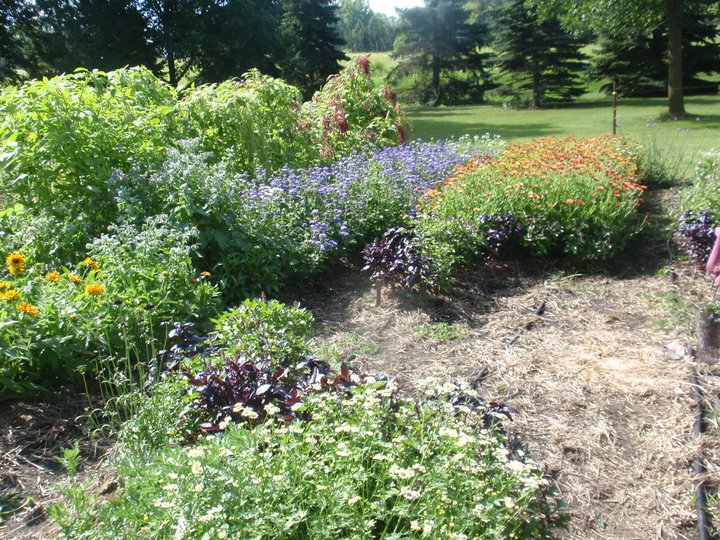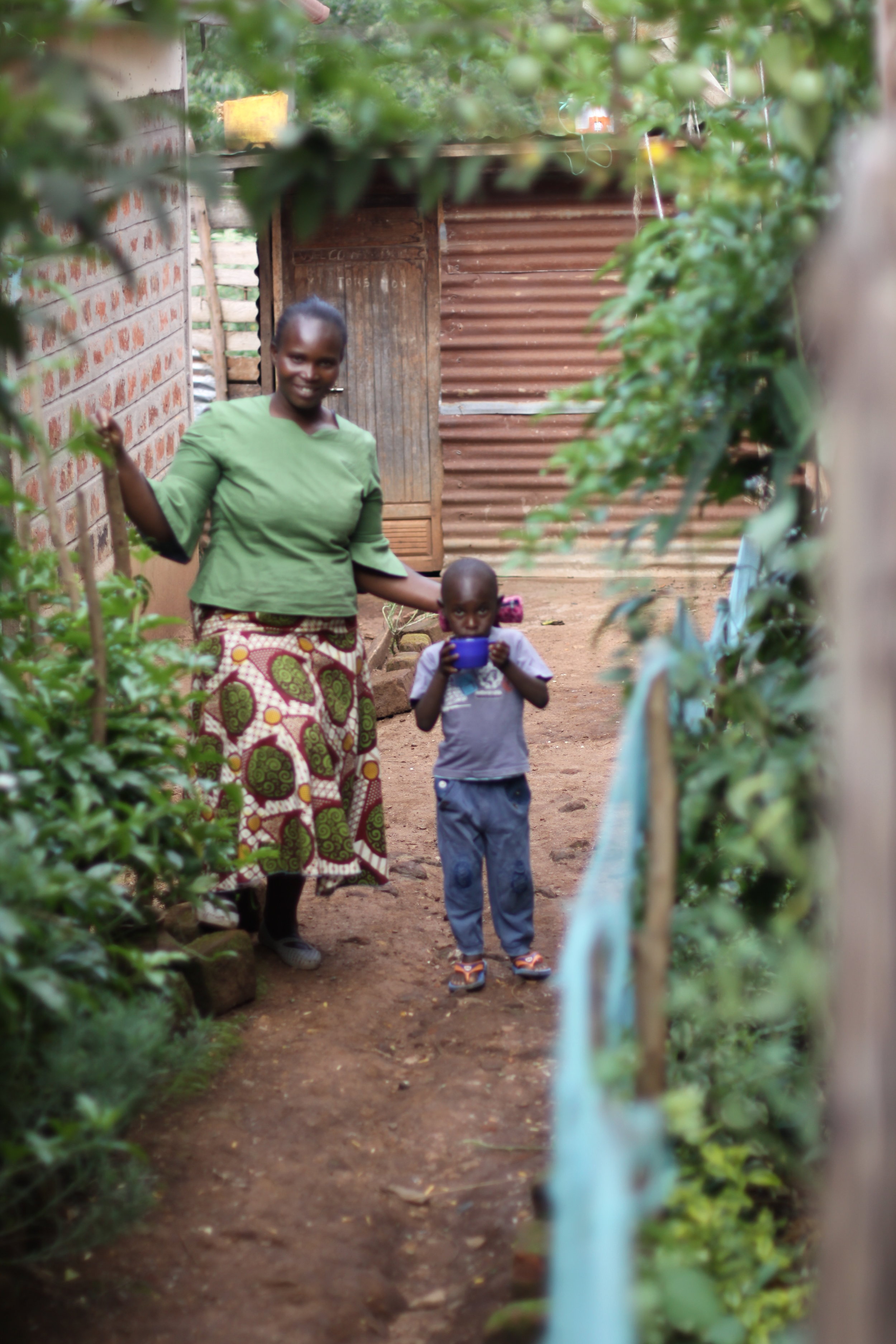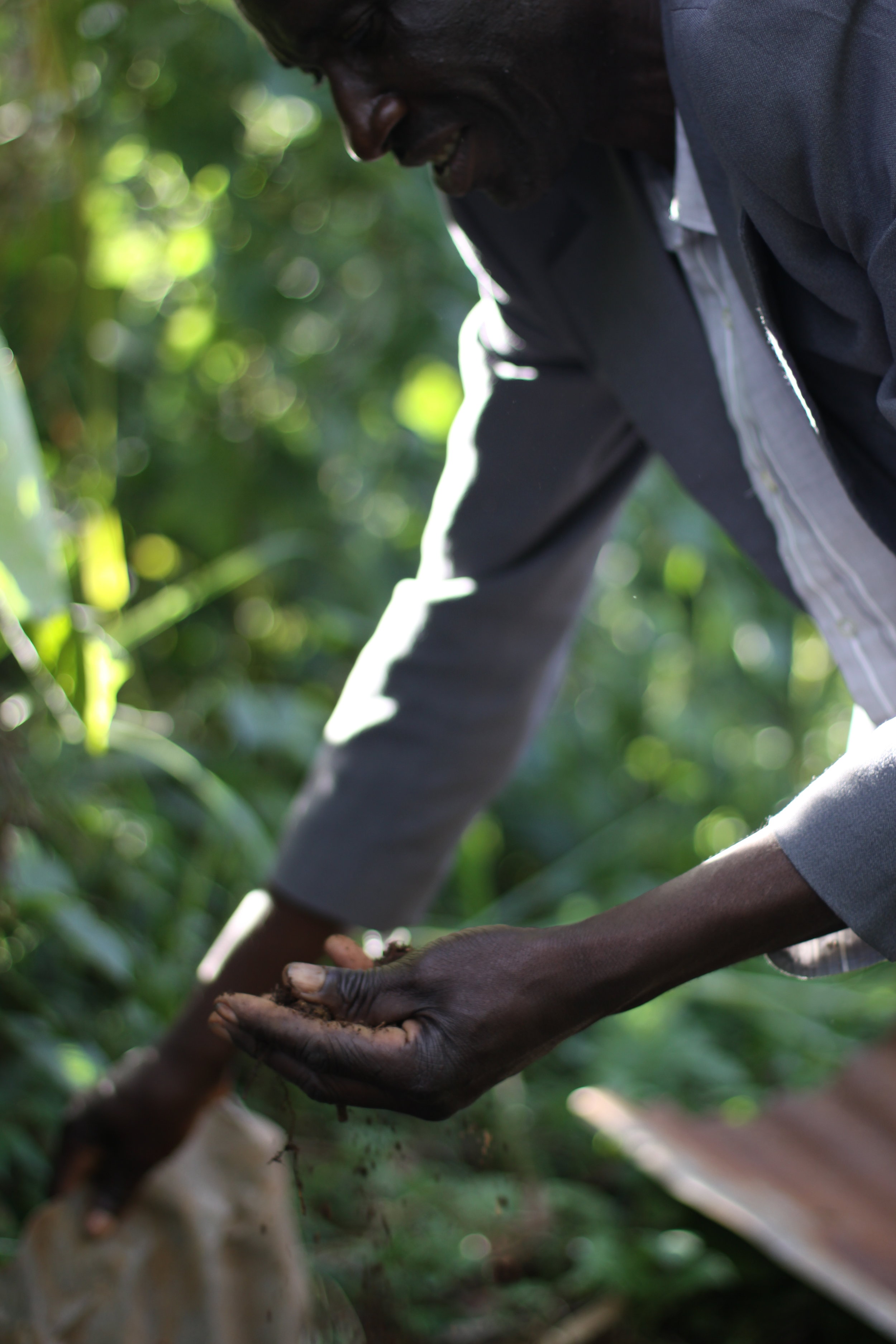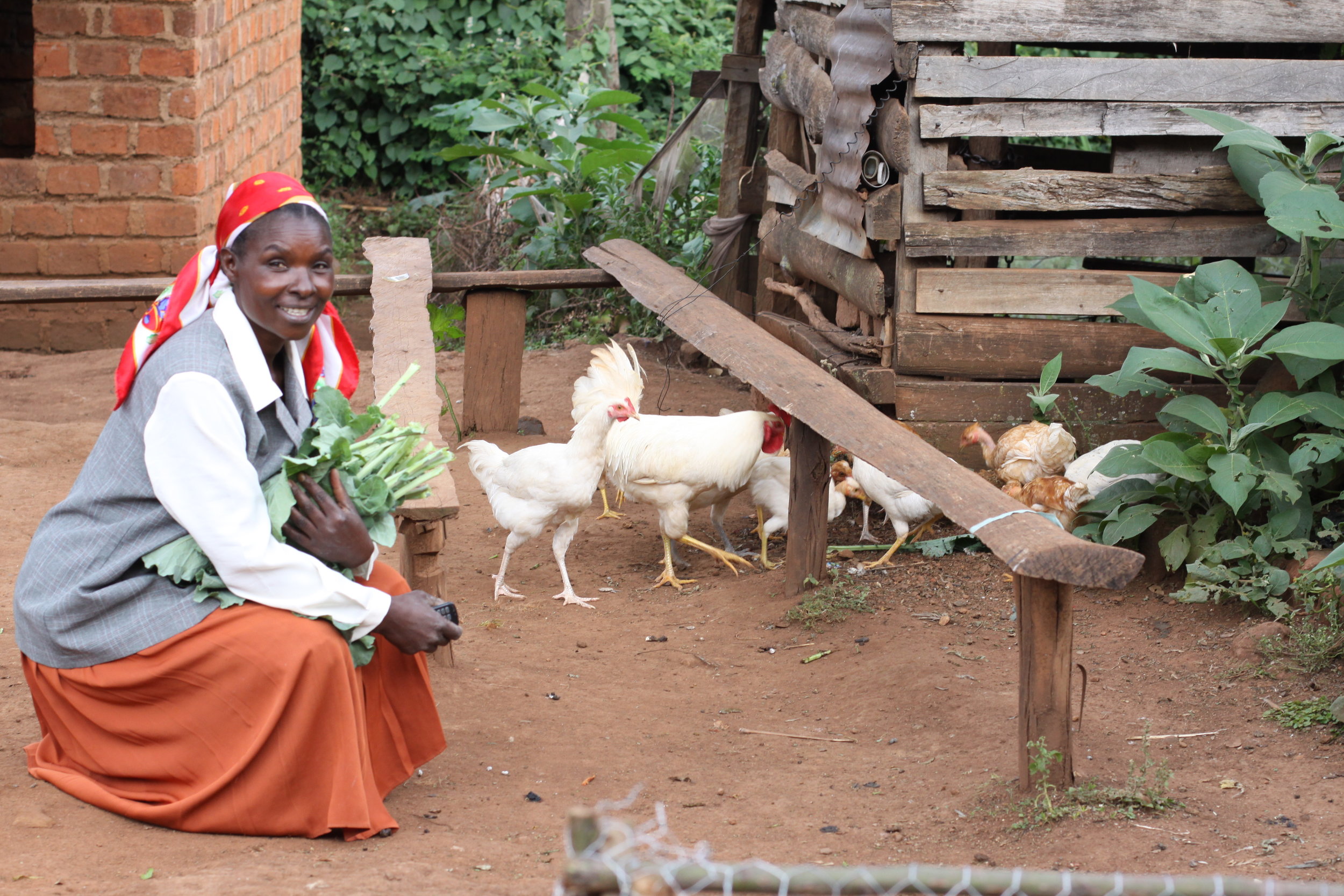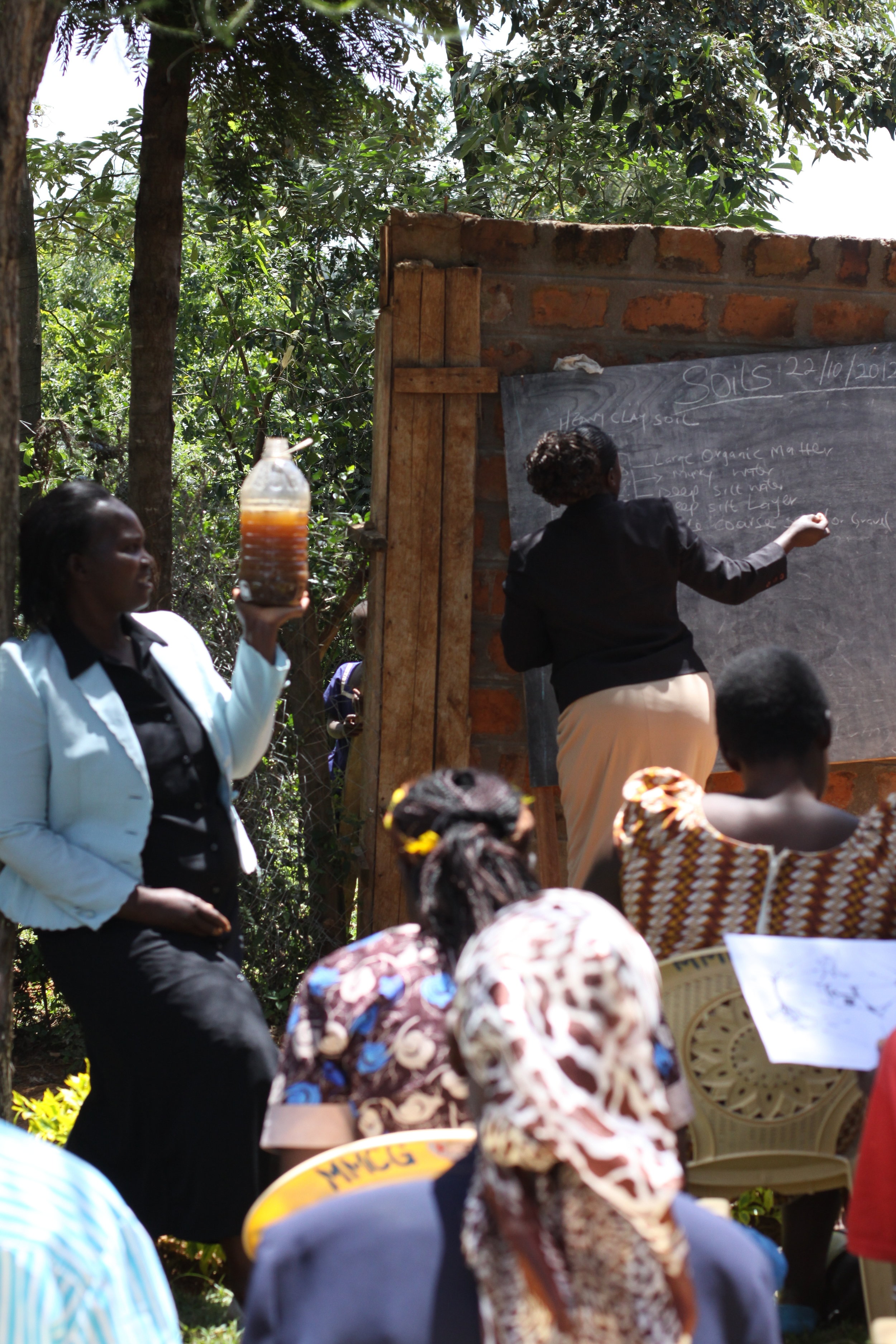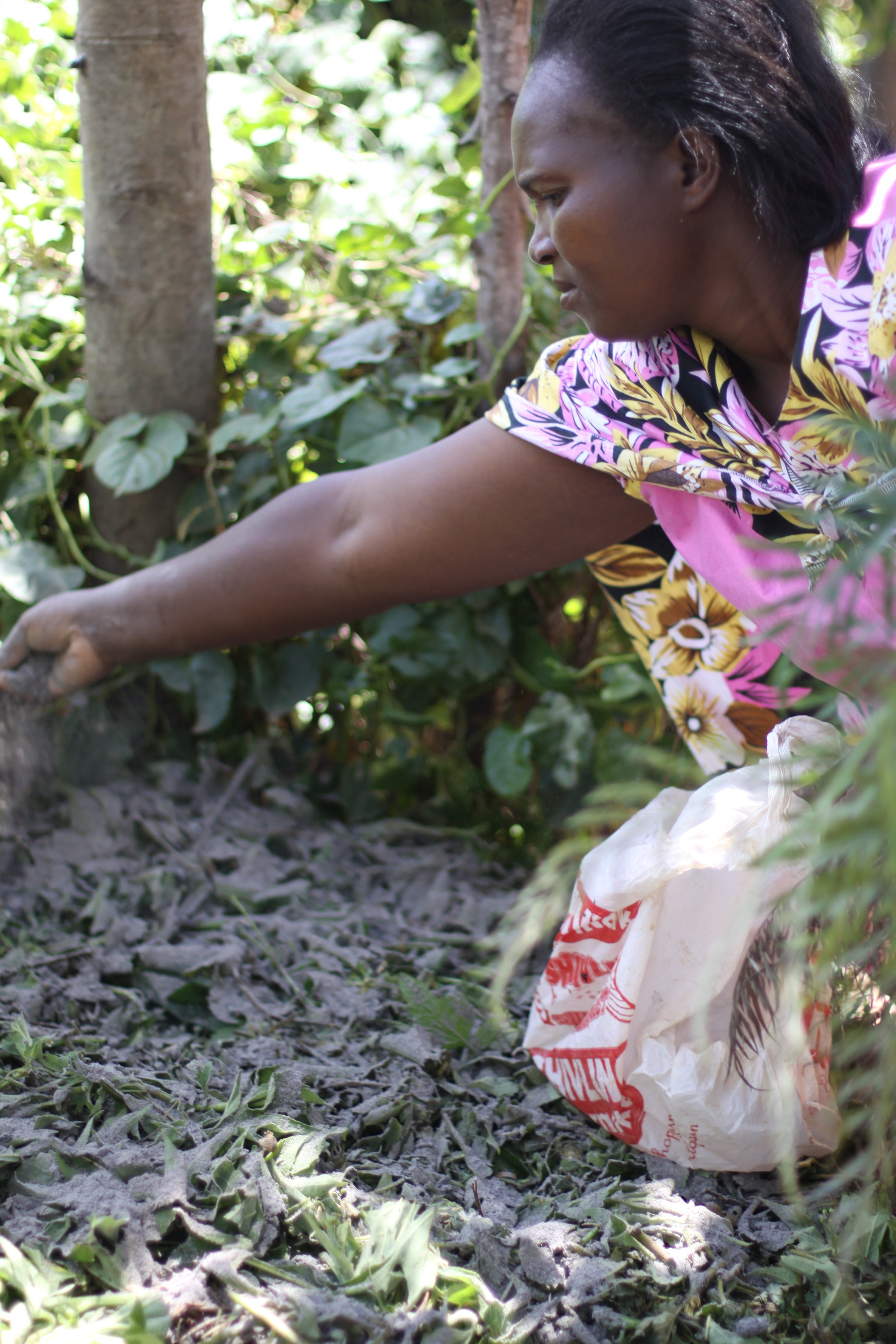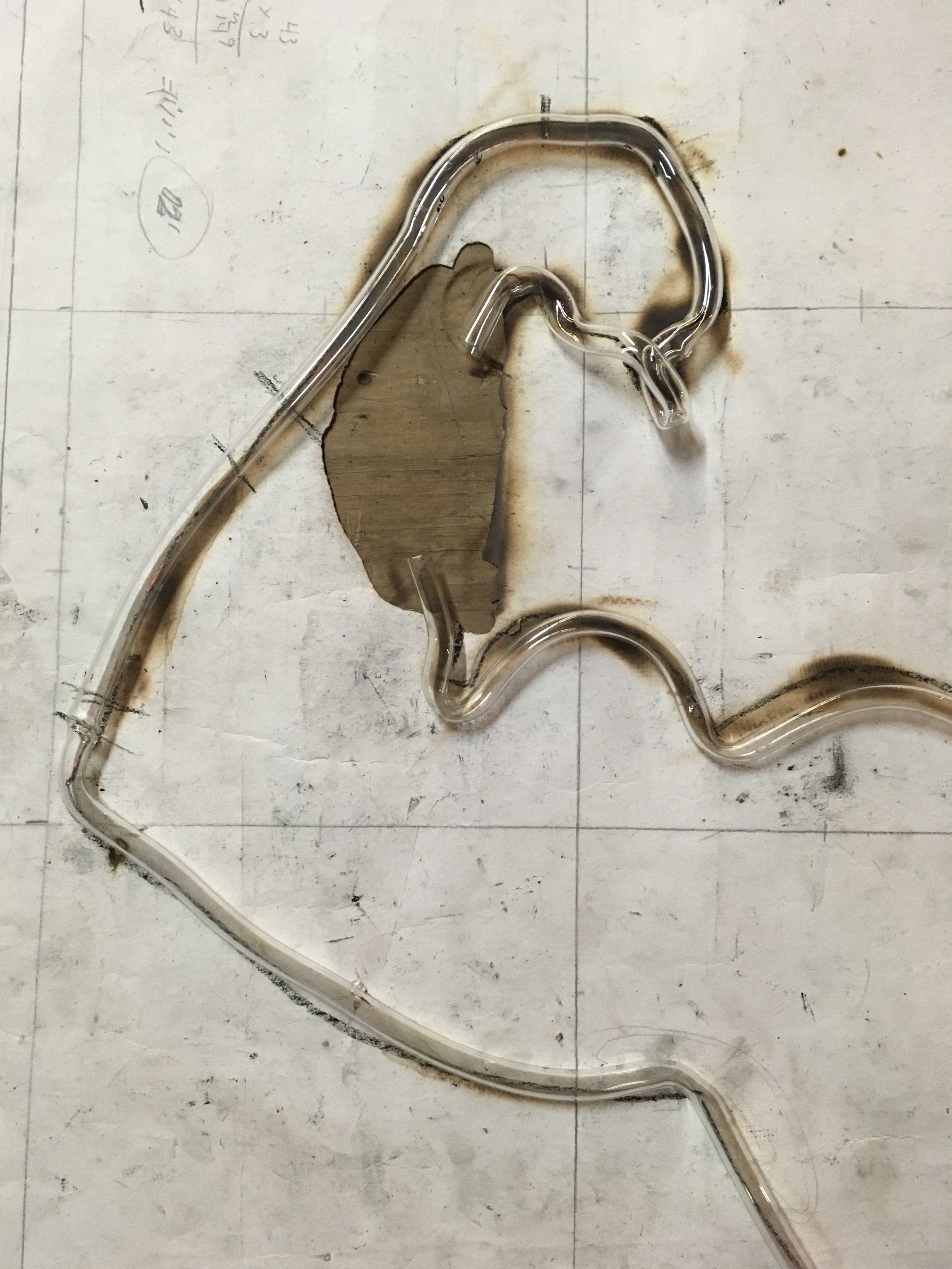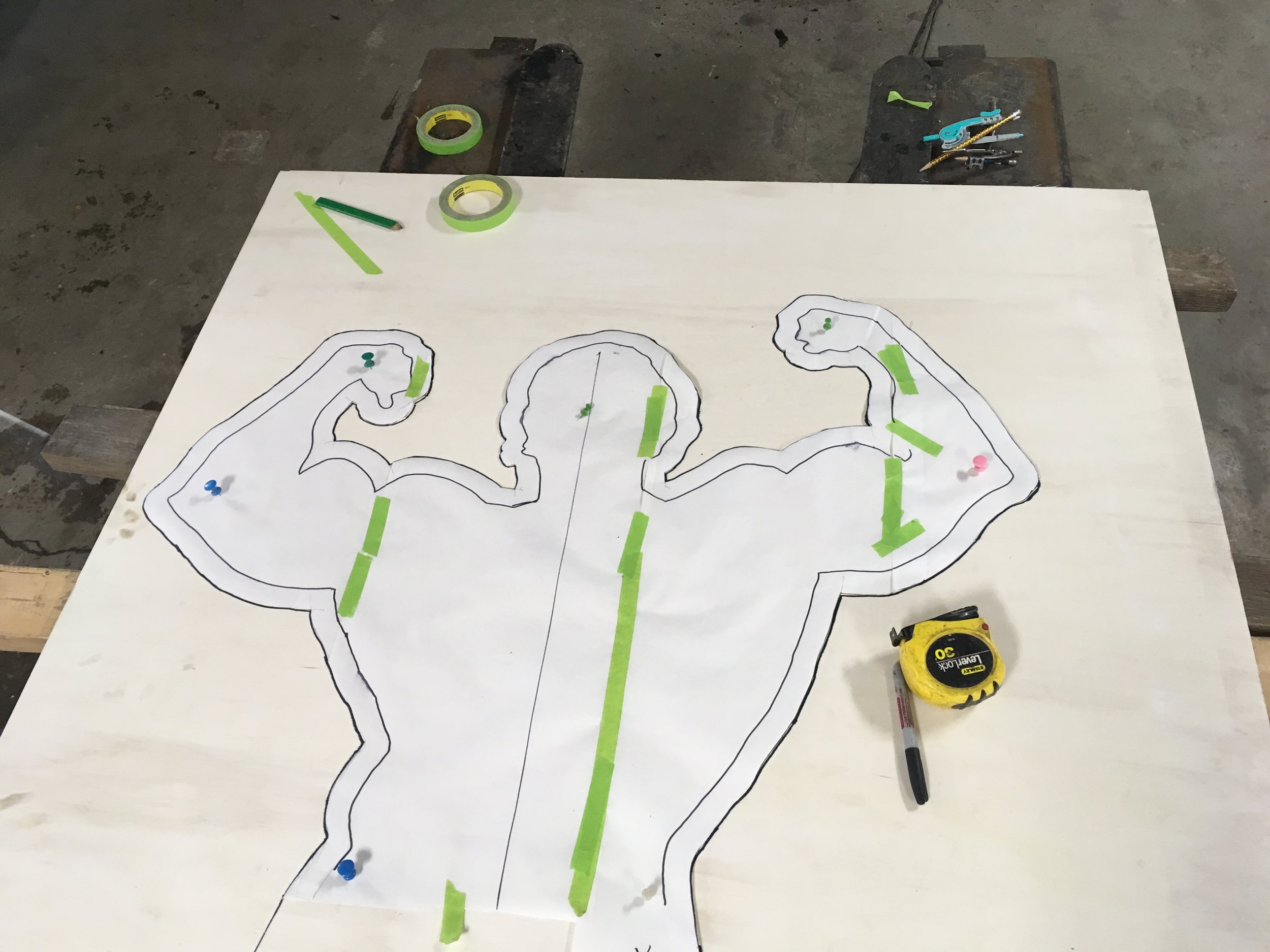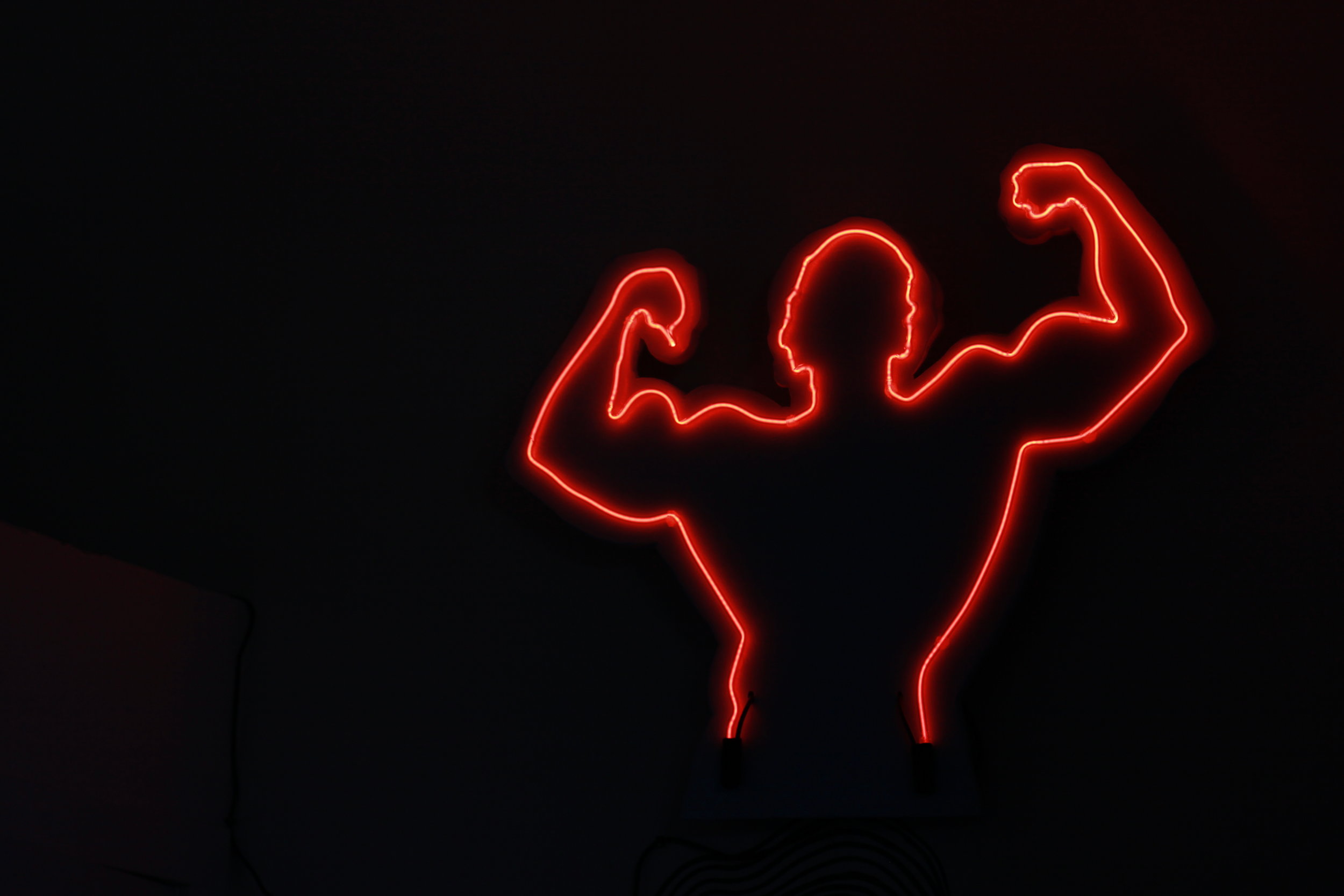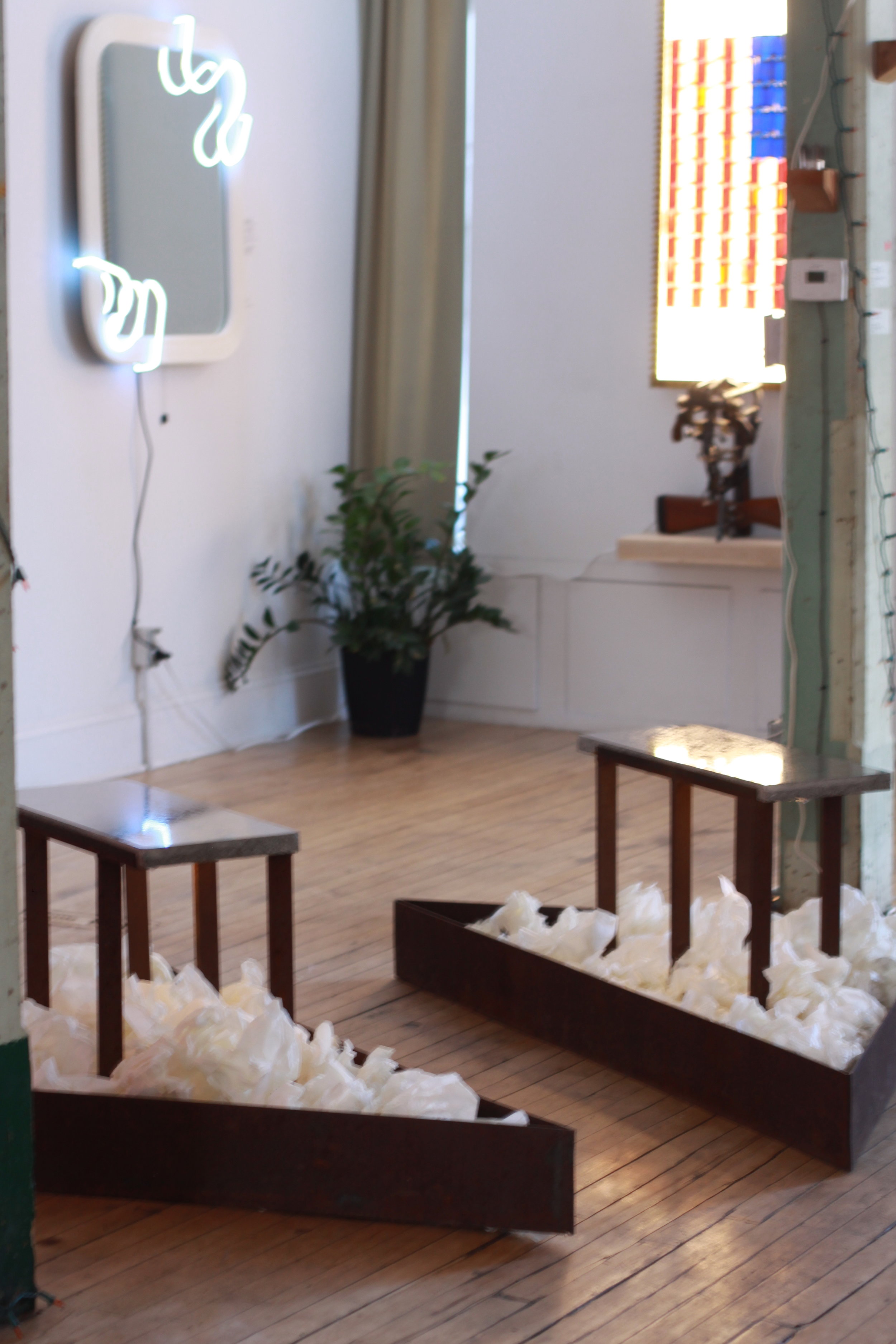The last total solar eclipse happened to pass over my brothers’ homes in Wyoming. People, including me, came from across the country and globe to this narrow band of totality.
Wearing the protective “eclipse glasses,” I watched the sliver-size view of the sun become increasingly narrow while the moon passed in front of it. The sky was still bright with just a fingernail of sun visible. All at once, it slipped into darkness like the turning of a page; the temperature dropped. We could take off our shades and look up at the corona of the sun, dancing around the jet black circle of the moon.
This April 8, the solar eclipse’s totality experience will be twice as long as the one in August 2017, and the phenomenon can be seen for 4 minutes and 27 seconds. The cosmic coincidence of the sun and moon being the exact same size to our eye, despite being wildly unmatched sizes in space, is humbling.
The next total solar eclipse that can be viewed in the United States will be August 2044. I’m already planning a road trip east to catch a glimpse of this rare natural wonder.
Alison Feik of Excelsior has a degree in landscape architecture and holds a wealth of knowledge about local plants and gardening. Grow more at beingstronginnature.com.
Visit science.nasa.gov for additional information.




